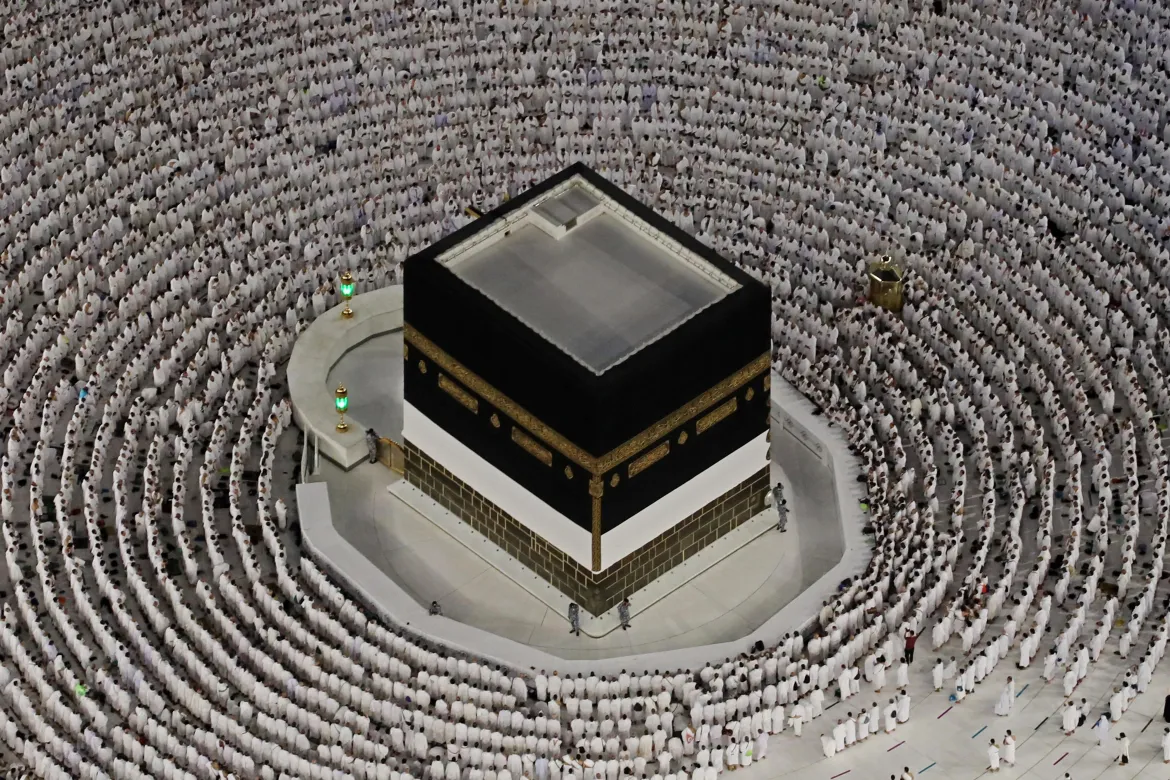The government of Pakistan has proposed a transformative measure to ease the financial burden for low- and middle-income citizens planning to embark on the Hajj pilgrimage. Recognizing the challenges many face in securing the full amount required upfront, a new installment plan has been proposed, allowing pilgrims to pay their Hajj expenses in three installments instead of a single lump sum. This proposal, currently awaiting approval from the federal cabinet, marks a major shift in the country’s Hajj policy, spearheaded by the Ministry of Religious Affairs.
Key Highlights of the Installment-Based Hajj Payment Plan
Under the proposed plan, the estimated cost of Hajj will be divided into three manageable payments. Here’s a breakdown of the payment structure:
- Initial Application Fee: Prospective pilgrims will pay an initial amount of Rs200,000 to apply for Hajj.
- Payment Following Selection: After selection in the lottery (the “lucky draw”), they will be required to pay an additional Rs400,000.
- Final Installment Before Departure: The remaining balance will need to be paid before their departure.
This structure is designed to make Hajj more accessible to those who often struggle with the burden of a one-time payment, particularly citizens from lower- and middle-income groups. The Ministry of Religious Affairs emphasized that this initiative aims to bring more financial flexibility to Hajj pilgrims, aligning with the government’s vision to offer greater inclusivity in religious travel.
Overview of the 2025 Hajj Policy
In addition to the installment option, the newly drafted Hajj Policy 2025 introduces several key changes:
- Total Hajj Cost: The cost of the government-sponsored Hajj package will range from approximately Rs1.75 million to Rs11.75 million, providing options based on different budget levels.
- Pilgrim Quota: A total of 179,000 pilgrims will be allowed from Pakistan, with an equal split between the government and private tour operators, each receiving 89,605 slots.
- Special Quotas: Special provisions are made for specific groups, including 1,000 slots under the hardship category and 300 reserved for low-income workers registered under the Employees’ Old-Age Benefits Institution (EOBI).
Duration Options for Pilgrims
For the convenience of pilgrims, the policy offers two duration options:
- Long Hajj Trip: A longer stay in Saudi Arabia, ranging from 38 to 42 days.
- Shorter Hajj Trip: A shorter stay option, lasting between 20 and 25 days.
These flexible duration options allow pilgrims to choose a plan that best suits their needs and schedules.
Additional Policy Guidelines
The policy introduces a new age restriction, prohibiting children under the age of 12 from participating in the pilgrimage. This measure aims to streamline Hajj logistics and ensure a smooth experience for all pilgrims.
Making Hajj More Accessible
This initiative reflects the government’s commitment to making Hajj financially accessible, allowing more Pakistanis to fulfill this religious duty. If approved, the installment plan could significantly reduce the financial pressure on thousands of pilgrims, paving the way for a more inclusive pilgrimage experience.
With these forward-looking policies, the government not only promotes ease of access but also upholds its dedication to supporting citizens in fulfilling their spiritual obligations.



